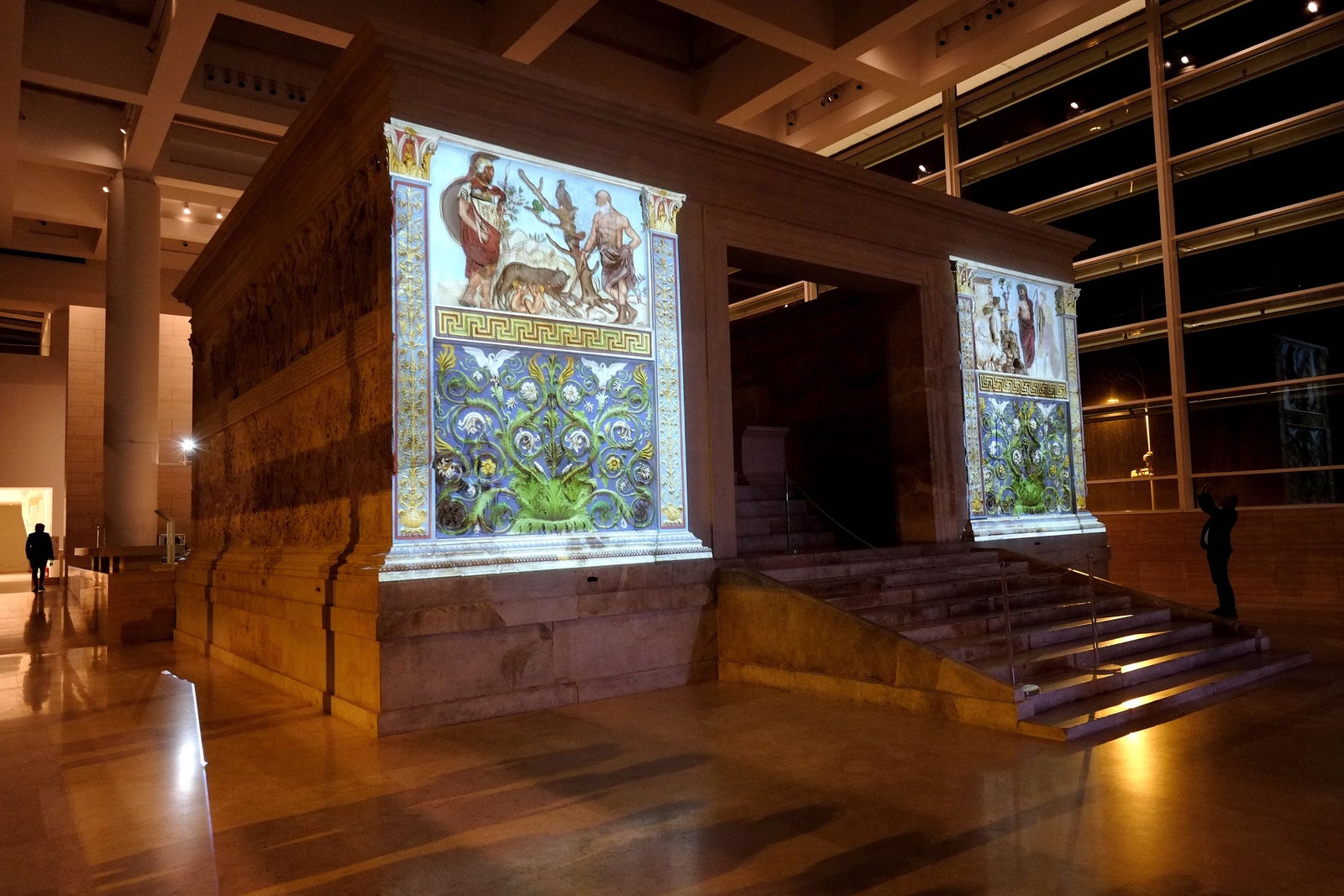Reflections on White Sculpture
Polly Palmerini
April 2020
Polly Palmerini
April 2020
“...several decades later, he started poking around the depots and was astonished to find that many statues had flecks of color: red pigment on lips, black pigment on coils of hair, mirror like gilding on limbs.”
The Myth of Whiteness in Classical Sculpture, The New Yorker
The Myth of Whiteness in Classical Sculpture, The New Yorker

The western world has been engaging in knowing colour blindness. Institutions have for centuries presented classical sculpture in pristine white, removing all traces of the original paint intentionally or unintentionally through the restoration process.
This discovery has made me reconsider the Ancient Roman history I had studied and connected to. White is clean, pure, acceptable. But of course this perpetuates the idea that anything darker is not as pure or acceptable.
This knowledge challenged my understanding of Ancient Sculpture but also my perception of ancient communities. How they looked and how they presented themselves has been refracted through a lens of western ideas and racism. The sculpture was not white and neither all the people represented. My understanding of classics was whitewashed. The populations of these ancient civilisations varied in skin tone from olive to dark brown.
This discovery has made me reconsider the Ancient Roman history I had studied and connected to. White is clean, pure, acceptable. But of course this perpetuates the idea that anything darker is not as pure or acceptable.
This knowledge challenged my understanding of Ancient Sculpture but also my perception of ancient communities. How they looked and how they presented themselves has been refracted through a lens of western ideas and racism. The sculpture was not white and neither all the people represented. My understanding of classics was whitewashed. The populations of these ancient civilisations varied in skin tone from olive to dark brown.
Did you know most Greek statues aren’t just a pearly white colour?
Did you know most statues had colour?
Does this mean we missed out on the real tones and realities of Roman and Greek people?
Did you know most statues had colour?
Does this mean we missed out on the real tones and realities of Roman and Greek people?
References
Dee, James H. “Black Odysseus, White Caesar: When Did ‘White People’ Become ‘White’?” The Classical Journal, vol. 99, no. 2, 2003, pp. 157–167. JSTOR, http://www.jstor.org/stable/3298065.
Isaac, Benjamin. The Invention of Racism in Classical Antiquity. Princeton University Press, 2004.
Scholars Respond to Racist Backlash against Black Achilles, Part 1: Ancient Greek Attitudes toward Africans
Dee, James H. “Black Odysseus, White Caesar: When Did ‘White People’ Become ‘White’?” The Classical Journal, vol. 99, no. 2, 2003, pp. 157–167. JSTOR, http://www.jstor.org/stable/3298065.
Isaac, Benjamin. The Invention of Racism in Classical Antiquity. Princeton University Press, 2004.
Scholars Respond to Racist Backlash against Black Achilles, Part 1: Ancient Greek Attitudes toward Africans


In fact in ancient Greece excessively white skin was thought to mark a man as weak and effeminate. White skin was therefore equated to weakness.
When colour is reintroduced into these statues clothing becomes vibrant and culture and history becomes more real, not glamorised. This also allows us to get closer to the ancient world through visual representations.
When colour is reintroduced into these statues clothing becomes vibrant and culture and history becomes more real, not glamorised. This also allows us to get closer to the ancient world through visual representations.
“The modern art gallery, you could say, kills these things - transforms them into something they’re not.”
In the Odyssey, when Athena wants to make Odysseus look like a god before he re-enters his palace, she gives him new clothes, darkens his beard, and makes him “dark skinned”.
By contrast, in ancient Greece excessively white skin was thought to mark a man as weak and effeminate.
In the Odyssey, when Athena wants to make Odysseus look like a god before he re-enters his palace, she gives him new clothes, darkens his beard, and makes him “dark skinned”.
By contrast, in ancient Greece excessively white skin was thought to mark a man as weak and effeminate.
